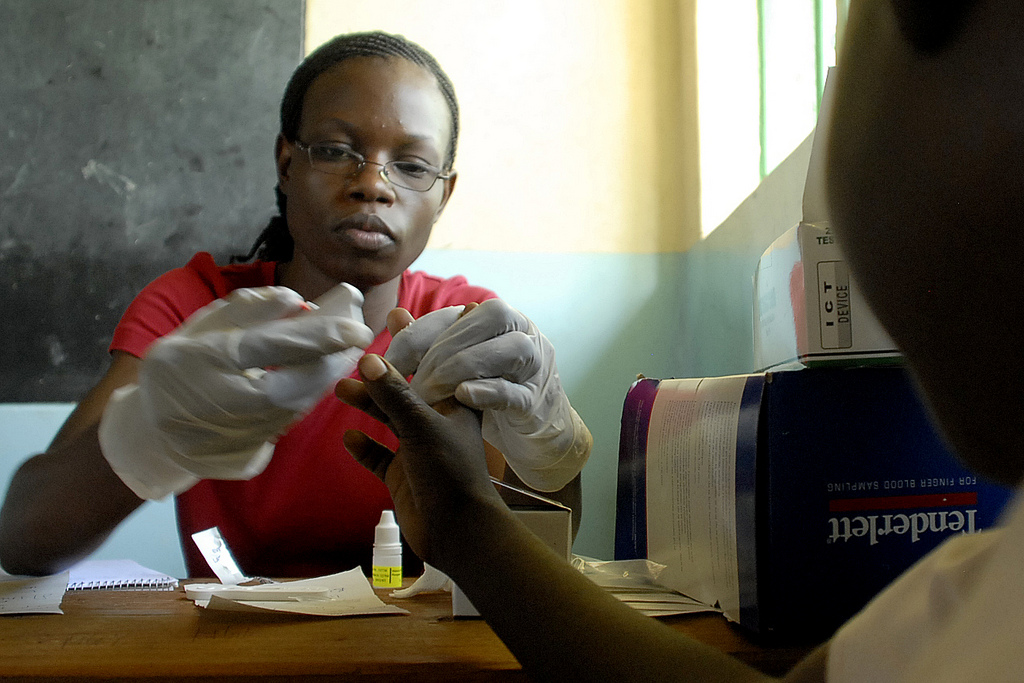Linguistic validation is a process that ensures a translated instrument has the same psychometric properties as the original. It is done so that clinical researchers can create useful datasets from different groups, which is especially important for international and multi-country clinical trials.
In a recent blog post, we took a translator’s look at cognitive debriefing. We examined how it helps researchers ask the right questions and receive relevant, meaningful answers with instruments like patient-reported outcomes (PROs) for use in clinical trials. Cognitive debriefing is a key step in linguistic validation, but what exactly is linguistic validation and what does it consist of?
The most basic steps in linguistic validation include:
1. Recruitment
Qualified professionals are recruited and briefed for their specific roles in the process.
2. Translation
The instrument is translated by two independent translators. They are both qualified, experienced, native speakers of the target language and specialize in the subject matter. The emphasis is on conceptually equivalent translation and language that is easily understood by the target audience.
3. Panel of Experts
An expert panel reviews the translations, reconciles them and makes recommendations for improvement. The panel consists of subject matter experts, bilingual translators, psychometric experts and/or others.
4. Back Translation
The draft instrument is back translated for cultural and conceptual equivalence by another qualified, independent translator who is a native speaker of the instrument’s source language. Problem areas are identified and resolved.
5. Cognitive Debriefing
Pilot testing is conducted using interviews with the target population. (This is discussed in more detail in the post “What Is Cognitive Debriefing and How Does It Improve Instrument Validity?”)
6. Final Instrument
The draft instrument is reviewed and finalized for use in the field.
7. Documentation
Every step of the way has been carefully documented.
It’s a matter of quality assurance and continuous improvement to maintain the integrity of a clinical trial. Linguistic validation is a process that ensures a translated instrument is asking the correct questions for researchers to receive meaningful answers relevant to their area of inquiry. Only then can the instrument help medical knowledge advance.
For more information, please see our white paper “Maintaining Cognitive and Psychometric Integrity of Testing Instruments in Translation.”

